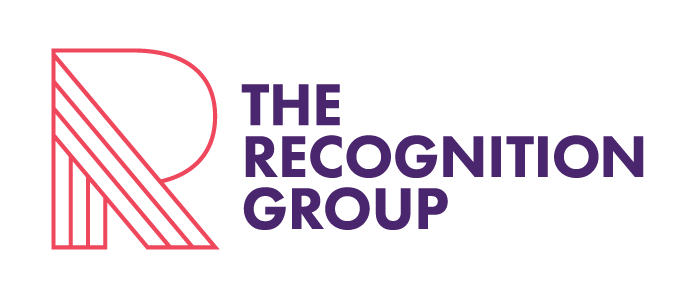Building your brand: why PR success isn’t based on one-hit wonders
Hearing a song like Mickey, Ice Ice Baby, or the Macarena may bring on waves of happy nostalgia at a party, but it doesn’t make you run out and buy that artist’s album. Instead, you’re more likely to wonder why they never managed to have another hit and where they ended up.
If you’re building a brand, the last thing you want is to be a one-hit wonder. Investing in a PR stunt or limited-time campaign can deliver outstanding short-term results only for your brand to sink back into obscurity once the fuss dies down, which can leave you wondering why you bothered investing in the first place.
Why not do one, huge, headline-making stunt?
The reality is that stunts are more likely to go wrong and create reams of negative publicity than they are to create a lasting, positive impression of your brand.
For example, remember when Oprah gave away a car to every audience member in her show? That stunt was devised by the car brand, which donated the vehicles to the show at enormous cost. However, almost all of the media coverage around that stunt failed to mention the brand’s name. Instead, Oprah got all the credit, along with some of the flak since the car recipients had to pay tax on their prizes. (The brand was Pontiac, by the way.)
Last year, McDonald’s looked to capitalise on the success of cult TV show, Rick and Morty, by re-releasing its limited-edition Szechuan nugget sauce. Supplies were, indeed, limited. They quickly sold out and fans were left fuming.
The list of failed PR stunts over the years is long and cringeworthy. The list of successful stunts that delivered ongoing brand awareness is short, and each one of them is expensive and hard to pull off.
For example, Carlsberg leveraged its ‘probably the best’ slogan to create what it called ‘the best poster in the world’. It was in London’s Brick Lane and it dispensed free beer, generating massive interest and discussion on social media.
Stunts only help established brands in the B2C market
Even the Carlsberg stunt wasn’t a one-off. It leveraged an ongoing campaign that had been pervasive enough to let everyone in on the joke with the ‘best poster in the world’ campaign.
The priority for brands that either aren’t well-known or that operate in a B2B rather than a B2C environment, should be to slowly but surely build strong brand awareness within their target markets.
While that may not sound glamorous, it’s the smart way to generate awareness and, potentially, increase sales.
How to establish your brand
The key to ongoing, positive news coverage in Australia is to build credibility with journalists that cover your industry. A flashy, expensive stunt is unlikely to convince a journalist that your brand is worth covering in the long term, although they may certainly cover the stunt itself.
For long-term coverage you need to build relationships. And that takes time, attention, thoughtfulness, and an understanding of what journalists need to make their lives easier.
Once you’ve built a reputation for giving journalists newsworthy, solid stories, you’ll find it’s a lot easier to get them on the phone or in the room.
Building that reputation requires a programmatic, strategic approach. A single media event or communication just isn’t enough to move the needle. You need to map out a consistent, robust communications plan that lets you leverage your news regularly. Eventually, journalists will start to remember your brand and may even understand what it stands for.
You’ll know you’ve made a strong start to building your brand’s reputation when a journalist calls you for comment on a story before you get a chance to call them to offer your opinion.
When that happens, you’ll get the best results if you’ve been effectively media trained.
For more information on how we can help you build a PR program that avoids the one-hit wonder tag, and how we can help you maximise the success of media interviews, contact us today.
